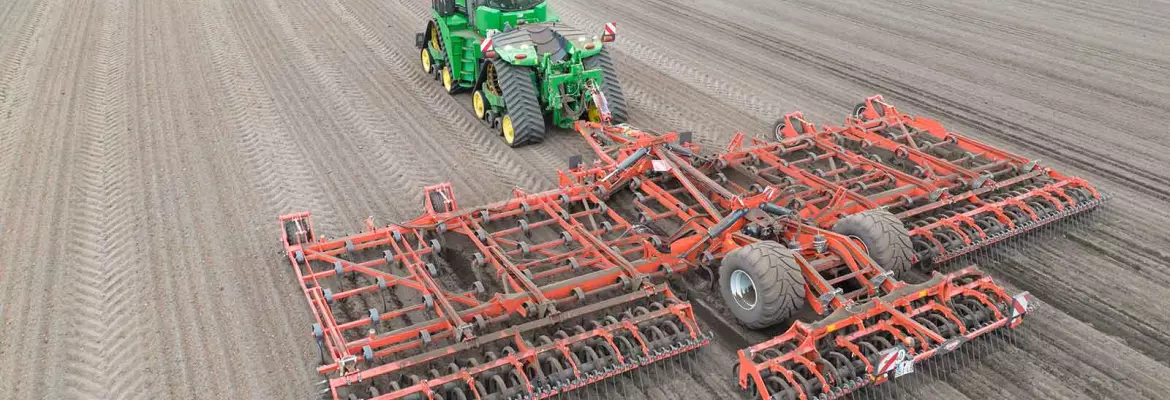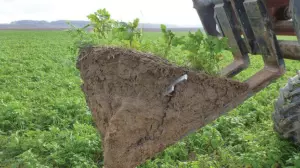
The main aim of these agricultural techniques is to improve the soil’s structure while reducing fuel costs. Minimum Tillage Methods are also considered to be soil preservation approaches because they reduce compaction and preserve microbial life in the soil. Minimum Tillage Methods are used for different crop types such as cereals, vegetables, fruit, and forage crops.
Preserving the land with Minimum Tillage Methods
Minimum Tillage Methods include soil preparation techniques (from shallow cultivation to no-plough) that restructure the soil and prepare the seedbed without using a plough to turn the soil. Minimum Tillage Methods were developed to reduce costs and save time on tillage operations. Now they are part of a more global soil preservation initiative.
Save time and reduce fuel consumption
For centuries, farmers ploughed the land to prepare the seedbed. Deep soil turning made it possible to bury the seeds from the previous crop or weeds so as to prevent them from germinating and hindering the growth of the new crop.
With the increase in the cost of fuel in the 1970s and the fall in cereal prices in the 1990s, cultivation methods without the plough came to the forefront! At the time, the main goal was to reduce mechanisation and labour costs. Now, the general aim is to reduce planting costs by using larger tools that are less energy-hungry and carrying out fewer passes (less greenhouse gases) to prepare the ground for seeding.
"The main advantage of Minimum Tillage for farmers is the time saving: the difference between ploughing at a width of 2.20m and using a Minimum Tillage tool with tines that works at a width of 3m, is a 30 % time saving" points out Jérôme Griffon, KUHN product manager.
Don’t mix the layers in the soil
The concept of Minimum Tillage is to not mix the layers in the soil. A Minimum Tillage Method must take the nature of the soil into account as well as any specific difficulties. It is necessary to know the soil before using Minimum Tillage Methods in order to define objectives (soil restructuration, aeration, seedbed preparation) and adapt the Method and the machine for surface or deeper operations. Minimum Tillage Methods also contribute to combatting erosion by leaving plant debris in the field. These operating techniques require tools with tines, discs, or even soil looseners. The range of suitable tools is wide, covering soil preparation techniques from pseudo-ploughing to no-till, which consists of sowing with no soil preparation.

Agronomy takes centre stage
Changing to Minimum Tillage Methods puts agronomy at the heart of farming by improving the soil’s structure (more organic matter in the top layers) and creating a favourable environment for living organisms (earthworms protected). However, these cultivation techniques require some thought in terms of how to manage weeds and plant residues from previous crops, which can pose a problem. Indeed, with minimum tillage the seed bank stays on the surface and weeds develop more easily. Therefore, when using Minimum Tillage Methods it is necessary to work with longer crop rotations that break the weed cycle. As with ploughing, chemical herbicides are often needed with phytosanitary products to protect the crop.
More generally, using Minimum Tillage Methods necessitates rethinking the agri-system as a whole in order to prepare the seedbed while protecting the soil. These techniques are an essential step for farmers on the path to conservation farming, along with crop rotation and permanent soil cover. The objective is to prepare the seedbed while protecting the soil’s structure and biological life.
